Mangeshi Temple is a beautiful temple in Goa and dedicated to Lord Mangueshi, an incarnation of Lord Shiva. The temple is one of the most popular in Goa and attracts many devotees. The ancient temple has a history that goes back 450 years.
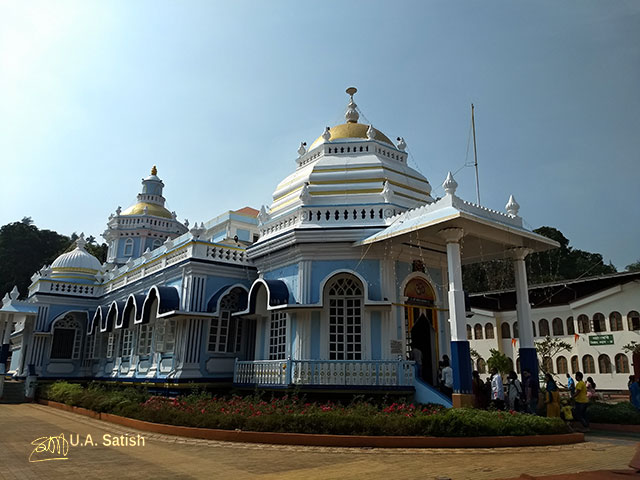
Temple Complex in Mangeshi
Mangeshi Temple is on a hillock. You have to go up a flight of stairs to reach the place. Devotees are expected to wash their feet and hands before entering the temple complex. The main temple building is an exquisite structure which is in blue and white. It has perfect proportions and intricate designs. Two golden domes adorn the building.
The water tank in front of the temple is as old as the temple itself. The calm waters reflect the temple walls and a tip of the lamp tower. We did not see anybody enter the pond. The gleaming white Deepastambham or light tower is strikingly beautiful and elegant. Its lower parts carry carved panels showing religious themes and figures of deities.
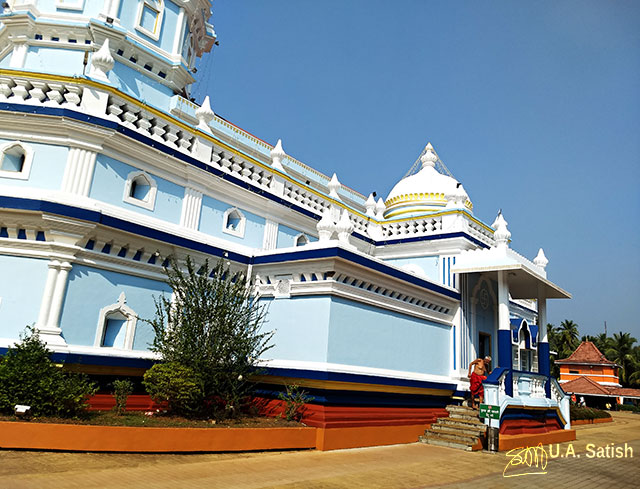
On climbing up the steps to the main entrance, one enters an octogonal hall. The ceiling has chandeliers and lamps. The central part of the hall leads to the sanctum sanctorum. Two shrines dedicated to Lord Ganesh and Goddess Parvati are on either side of the hall. The Nandi Bull can also be seen here.
The courtyard has several agarshalas or buildings with rooms for pilgrims, marriage or thread ceremonies and administrative offices. There is a temple well in the far corner.
History of the Temple
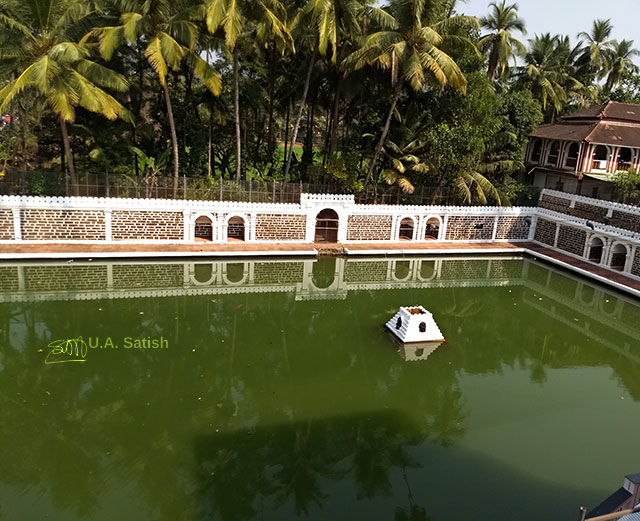
The temple has its origins in Cortalim on the banks of River Zuari. After the area fell to the invading Portuguese, devotees transported the Mangeshi Linga to the present location in Mangeshi near Ponda. This was in 1560.
Portugal resolved to re-establish trade with India after Islam had blocked all traditional sea and land routes. Subsequent to the Fall of Constantinople in 1453, Portugal found a new sea route to India via the Horn of Africa. On May 20 1498, sailing for the Portuguese crown, Vasco da Gama reached Calicut, India. At first a commercial venture, the objective briskly turned into one of converting India into Roman Catholicism.
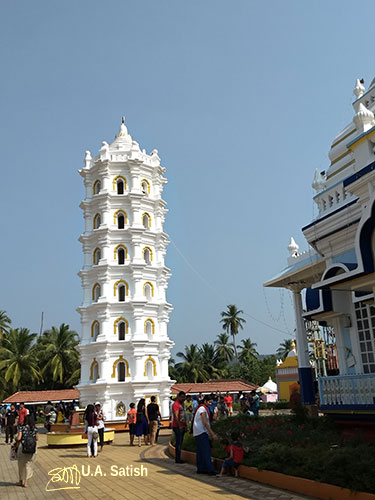
After the move to Ponda, the temple had three renovations: once during the reign of the Marathas and again in the year 1890. The final renovation was in 1973 when the tallest dome of the temple got a golden kalasha or dome.
Other Deities
The temple complex consists of shrines for other deities too: Nandikeshvar, Gajana, Bhagavati and the Gramapurusha Deva Sharma of the Vatsa gotra. The subsidiary shrines to the rear of the main building accommodate Mulakeshwsar, Virabhadra, Saanteri, Lakshminarayana, Suryanarayan, Garuda and Kala Bhairav.
Temple Rituals
The temple has several poojas during the day. Early morning poojas include Abhisheka, Laghurudra and Maharudra. Maha Arati is at noon and Panchopchar pooja at night.
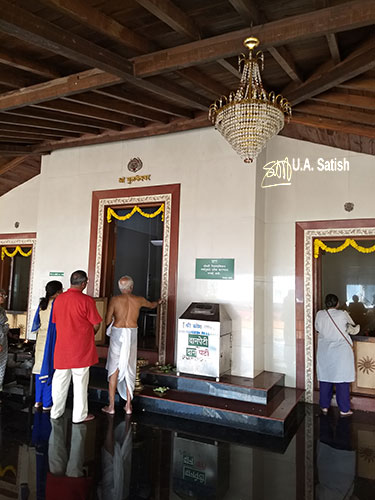
Every Monday, the idol of Manguesh is taken out on the temple palanquin in a procession before the evening Aarti.
Location of Mangeshi Temple
The temple is 18 km from Ponda and 23 km from Panjim. Ample parking is available for visitors. Regular bus services connect Mangeshi to Panjim and Ponda. The nearest railway station is Madgaon (27 km).
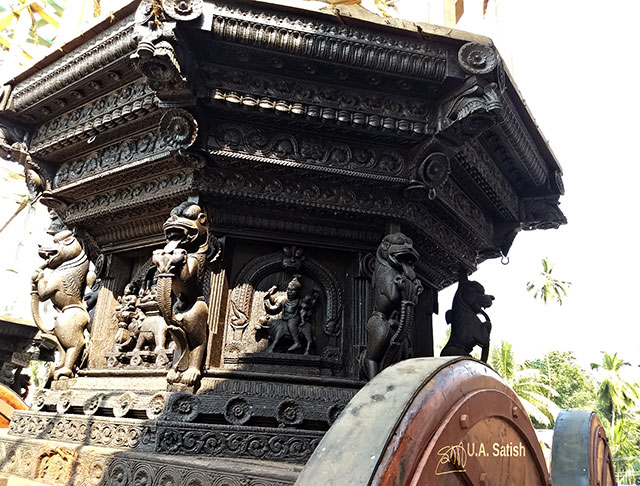
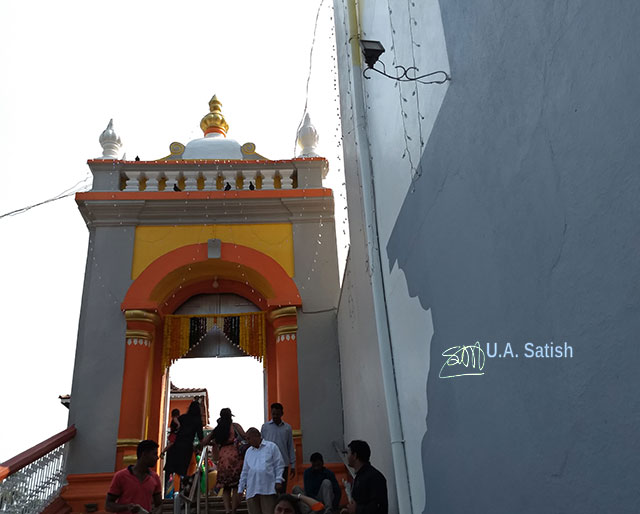
If you liked the post, you could…
Join more than 5,000 fans of UASATISH by liking us on Facebook, or follow us on Twitter and Instagram.